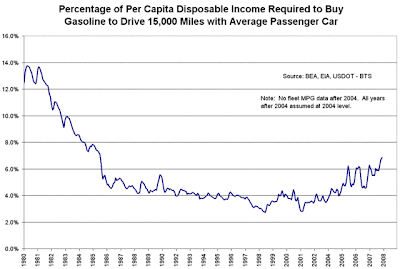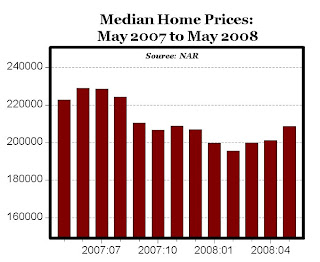While much attention has been placed on the shrinking middle class here in the U.S., Jim O’Neill, chief economist at Goldman Sachs, offers an interesting commentary of the expanding middle class globally in this weeks Financial Times:
In the midst of the current widespread gloom and doom in the west, it is important not to lose sight of the true structural themes shaping our era.
Linked to the current mood, commentators often depict an embattled and shrinking middle class, with sharply rising financial inequality. However, globally, this is simply not true. One of the most startlingly positive phenomena for many generations continues to unfold around the world. We are in the middle of an explosion of the world’s middle class – about 70m people a year globally are entering this wealth group.
The phenomenon may continue for the next 20 years, with this global middle accelerating to 90m a year by 2030. If this happens, an astonishing 2bn people will have joined the ranks of the middle class. This demonstrates that, contrary to widespread opinion, global inequality is declining significantly, not increasing.
It is important for everyone in the so-called developed world to be constantly aware that these powerful shifts in global wealth are good not only for the developing world, but for them too. If you take a look at a chart of recent US export growth, you may well think you are looking at the wrong data series. But you are not. US exports are indeed growing at close to 20 per cent and it is this that is stopping the housing and credit crunch from driving the US into a deep recession. Aspects of the same phenomenon can be seen in Japan, Germany and even the UK.
The new middle-class explosion is going to remain the market opportunity for us all, or certainly for those of us who are prepared to respond to the new realities.
This, of course, makes trade and regulatory policies all the more important for green industry-related imports and exports. The current APHIS Q37 and other free-trade negotiations (e.g. Columbia) have perhaps even more far-reaching implications than we otherwise surmised. I’ll be speaking at a colloquium at the annual meeting of the American Society for Horticultural Sciences this week discussing this issue in more detail.
Click here for the full FT article.
.





